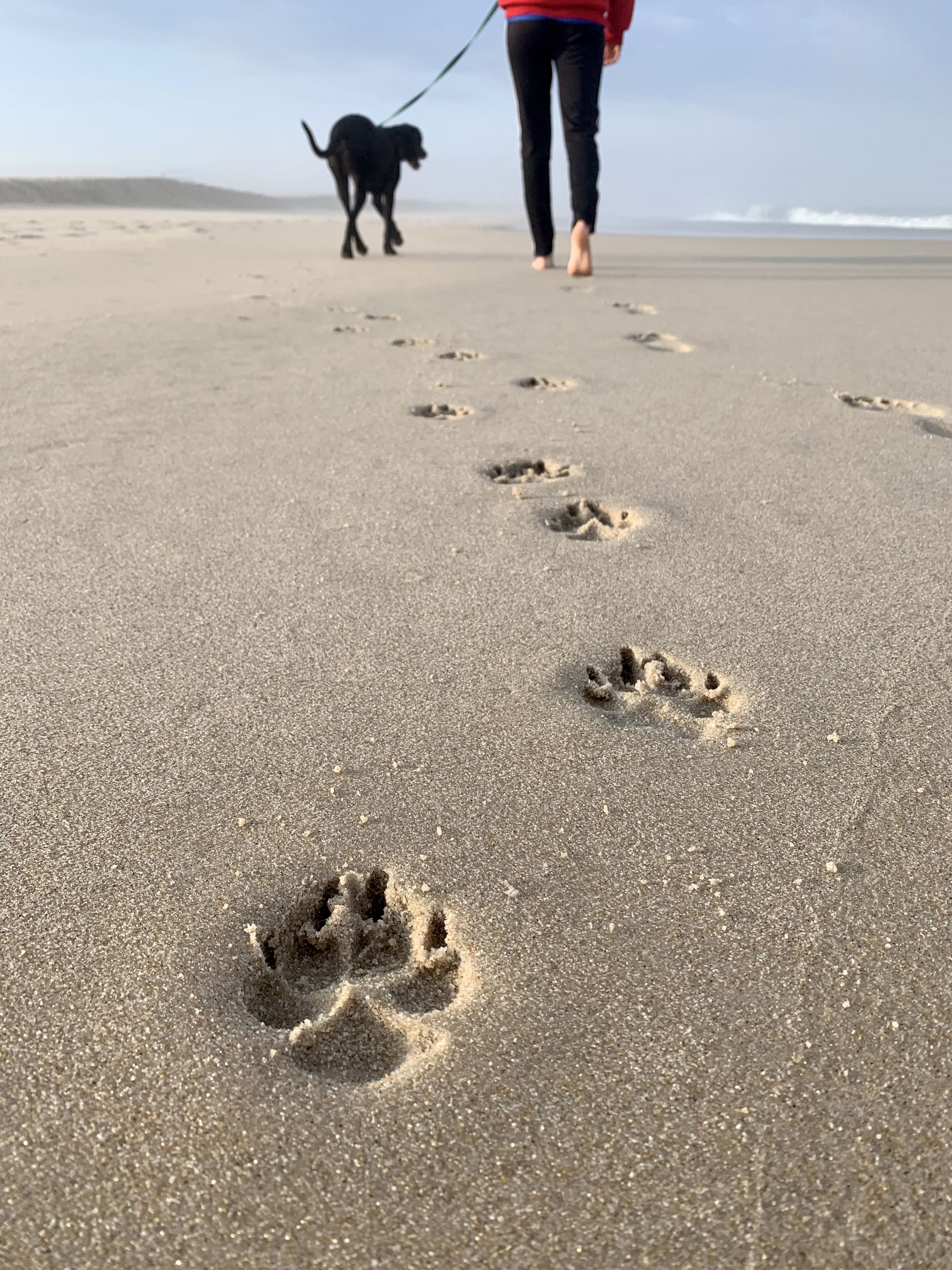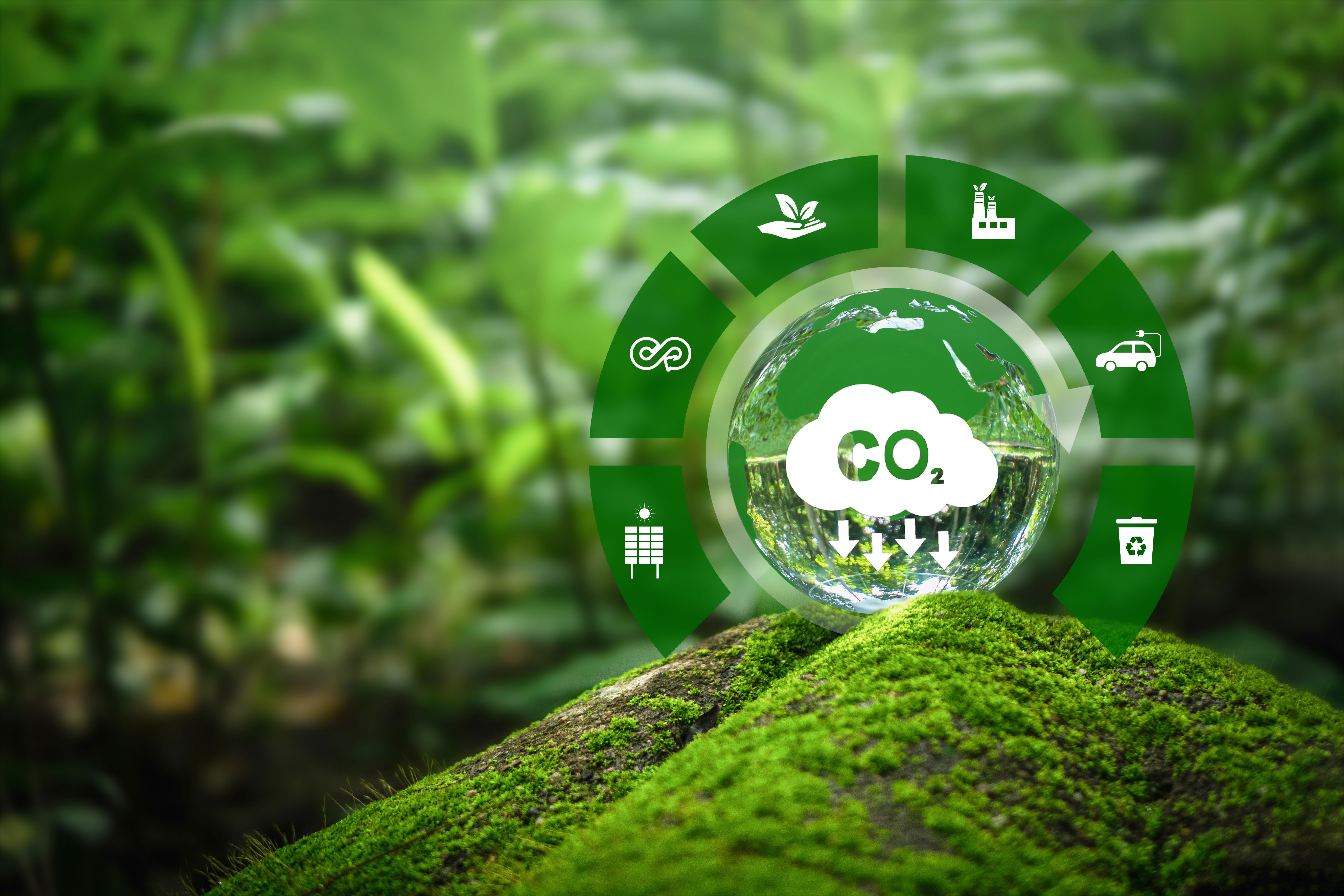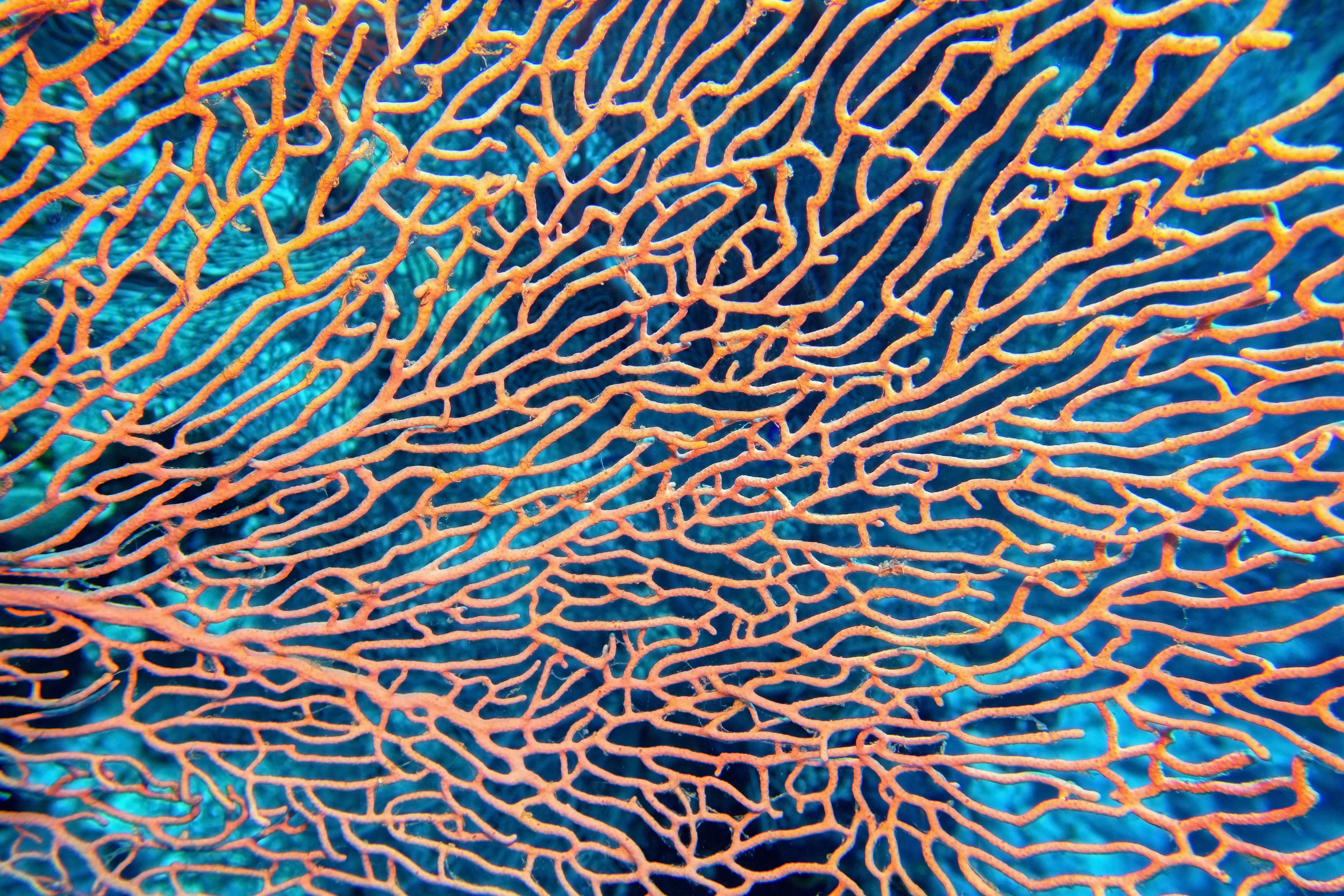HACEOSLAR MALDIVES
ensures minimal environmental impact through several strategic and innovative approaches, integrating environmental stewardship directly into their technology and operations. Here's a breakdown of how we achieve this:
HACEOSLAR MALDIVES ensures minimal environmental impact through several strategic and innovative approaches, integrating environmental stewardship directly into their technology and operations. Here's a breakdown of how they achieve this:
Innovative Wave Energy Conversion Technology
HACEOSLAR MALDIVES utilizes the Hydro Air Concept Technology, a type of wave energy converter that harnesses the power of ocean waves without interfering significantly with marine ecosystems. This technology is designed to be minimally invasive:
Floating Devices:
These are placed on the water's surface and are not anchored deeply into the seabed, reducing the disruption to the ocean floor.
No Permanent Installations:
The devices can be installed and removed with minimal impact, avoiding permanent alterations to the marine environment.

Environmental Impact Assessments (EIA)
Before any project begins, HACEOSLAR conducts comprehensive Environmental Impact Assessments to understand and mitigate potential impacts on marine life and ecosystems:
Assessment of Marine Traffic:
Ensuring that installations do not disrupt local marine traffic or migratory patterns of marine wildlife.
Monitoring Programs:
Continuous monitoring of the environmental impact, with adaptations in operations as needed to protect marine life.

Low Visual and Acoustic Footprint
The technology is designed to have a minimal visual impact, which is crucial for areas close to the coast:
Submerged Operations:
Parts of the technology operate beneath the surface, reducing visual clutter along coastlines.
Reduced Noise Pollution:
The design minimizes noise, a critical factor in preserving the acoustic environment for marine species.

Energy Production with Minimal Carbon Footprint
Wave energy provides a clean alternative to fossil fuels:
Low Emissions:
The operation of wave energy devices produces no direct emissions, unlike fossil fuel-based power generation.
Sustainable Materials:
Use of materials in the construction of devices that are durable, non-toxic, and recyclable, reducing environmental impact over the lifecycle of the technology.

Promotion of Marine Biodiversity
HACEOSLAR devices can act as artificial reefs, promoting marine biodiversity:
Habitat Creation:
Structures can provide new habitats for marine life, helping to nurture and grow local ecosystems.
Biodiversity Enhancement:
The presence of the structures can increase local biodiversity by providing surfaces for marine organisms to colonize.

Community and Stakeholder Engagement
HACEOSLAR MALDIVES engages with local communities and stakeholders to ensure their operations are aligned with local environmental and social goals:
Stakeholder Workshops:
Regular meetings with local communities, marine businesses, and environmental groups to gather feedback and adjust practices.
Public Transparency:
Ongoing communication about the environmental performance of their projects and initiatives.
By integrating these strategies, HACEOSLAR MALDIVES not only minimizes its environmental footprint but also contributes positively to marine conservation efforts, setting a precedent for responsible and sustainable energy production in the renewable sector.